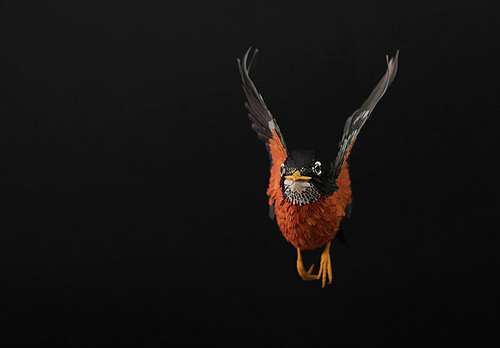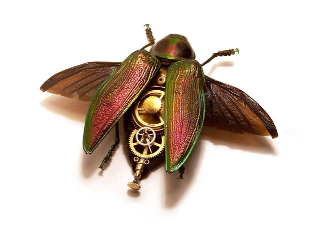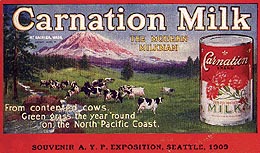
From time to time there are people in my life who delight in proposing unfortunate titles for my Mouse and Bear picture books.
“A Divorce for Bear”. “An Intervention for Bear”. “A Murder Rap for Bear”.
How disrespectful! Bear would harrumph. Perhaps we can all be a bit nicer, Mouse would say.
And then about five years ago writing for children began to feel like a slog. Somehow my heart wasn’t in it. I could keep trudging along. Many writers and artist hit rough patches, find their work has gone flat, wonder if they should quit. Some do. Some go dormant for years. Some go into a new genre or a new medium. I went with that and started writing adult thrillers—books where divorces, interventions, murder and other unpleasant things are abundant.
It was an idea I’d been toying with for awhile. So I started with your classic murder mystery. But by some not-quite-clear-to-me process, it has morphed into a psychological suspense. Regardless I’ve been having a great time doing it.
This turn reminds me very much of when I first started writing picture books, or rather trying to write picture books. Back then I was reading a lot of picture books to my then-young daughters. Maybe five years ago I started reading and watching tons of mysteries, thrillers, suspense novels and even some horror for my now-a-lot-older self. As with picture books, the more I read, the more I thought, “I could write one of these.”

As with picture books, it turned out to be way harder than it looked. It took me about five years to get published in picture books. Without really noticing, I’ve realized lately how closely the change to adult has been like my experience with children’s books.
As with picture books, I had to get familiar with the genre, to get a sense of who’s who in the field, a sense of the market, the word counts and the limits of each genre. There’s everything from “cozies”–nice homey mysteries featuring charming bread-and-breakfasts, pets and little old ladies solving mysteries to action packed edge-of-your seat, the-fate-of-the-world-is-at-stake thrillers to psychological suspense edging into horror, like Shirley Jackson’s The Haunting of Hill House.
And of course, and most importantly, as with picture books, there was learning to write the darn things. That’s taken at least the last five years and will take more. But I think I’ve got a book now that’s working. I think I’ve figured out my niche in the field–psychological suspense, probably what would be called domestic psychological suspense—characters caught up in family secrets, disfunction and dark deeds within the context of seemingly ordinary life.

I’m loving working in this completely different space. I’m excited about writing again. I love picture books and middle-grade. I’ll always love them (in fact there’s a new Mouse and Bear book coming out in 2025) but they take a different part of the brain and heart. As others will tell you, I’ve always had a dark streak; certainly I can be morbid, especially if it’s funny. I don’t live with my focus on the dark side of things (in fact I’ve always been afraid of the dark), but I’m really having a good time playing with it in my stories. After all, I’m always the first to up the stakes with totally inappropriate titles for Mouse and Bear:
“Mouse Canapes for Bear”, anyone?
Outrageous! huffs Bear.
It is kind of funny, says Mouse.











































![Death Valley: Too Hot. [photographer unknown]](https://booksaroundthetable.files.wordpress.com/2013/06/death-valley.jpg)






